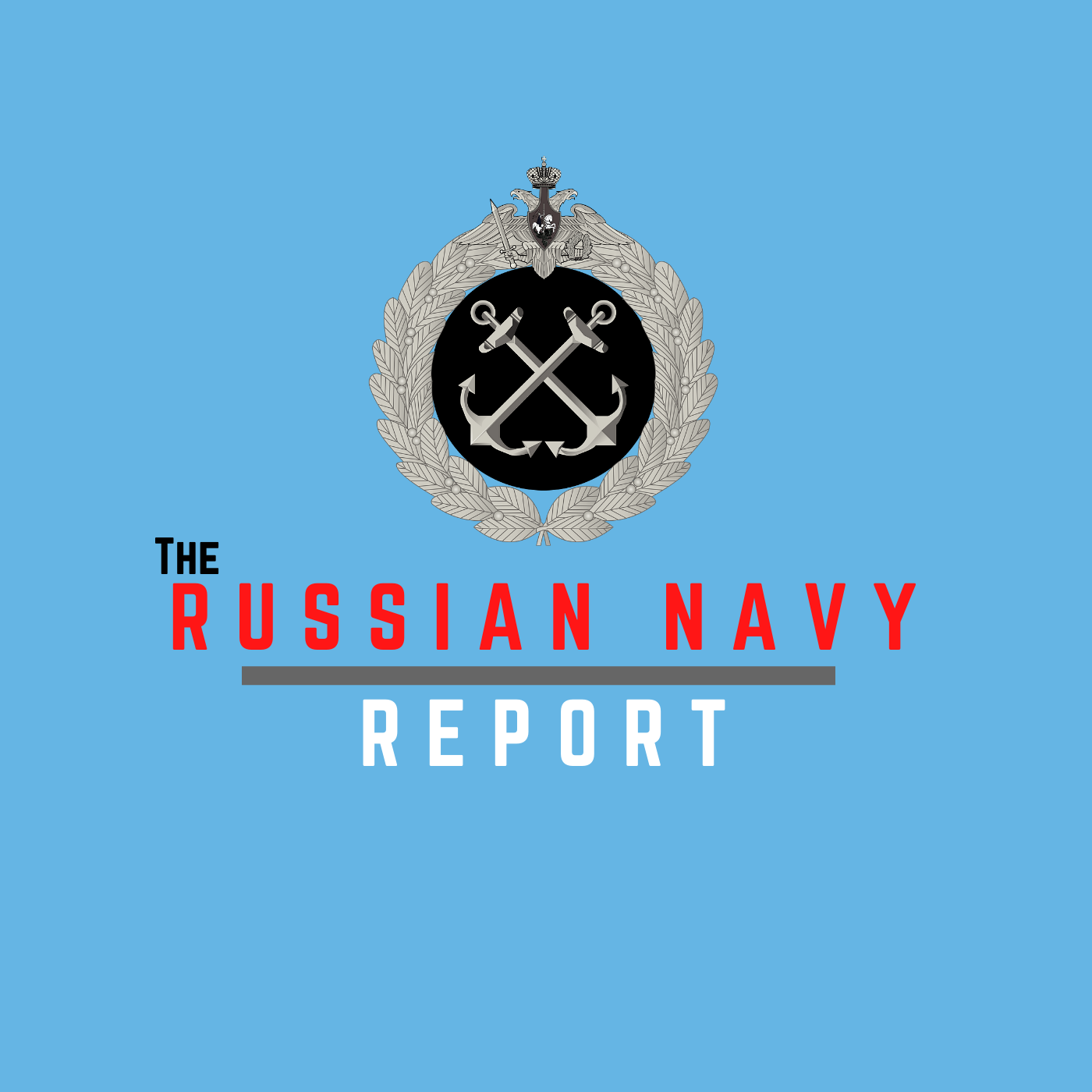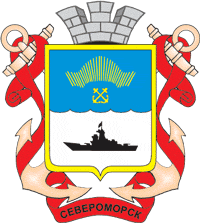BE-12 Chaika (Nato:Mail)
This is an ASW aircraft that entered service during the Soviet Union and continued to serve into the new century. It is believed that several of the aircraft are still operational with the Black Sea fleet.
The Mail looks like it is a relic of Wold War II, but it if fact entered the fleet in 1960.
150 of the aircraft were built, with its primary mission being ASW and maritime patrol.
The Be-12 is an amphibious aircraft that is often referred to as a flying boat.
In addition to serving in the Soviet Navy and later the Russian Navy, the Be-12 served with a number of other navies, including Egypt and Syria.
Russia is currently testing a new ASW aircraft and with its appearance the last of the Mail's should be retired.








